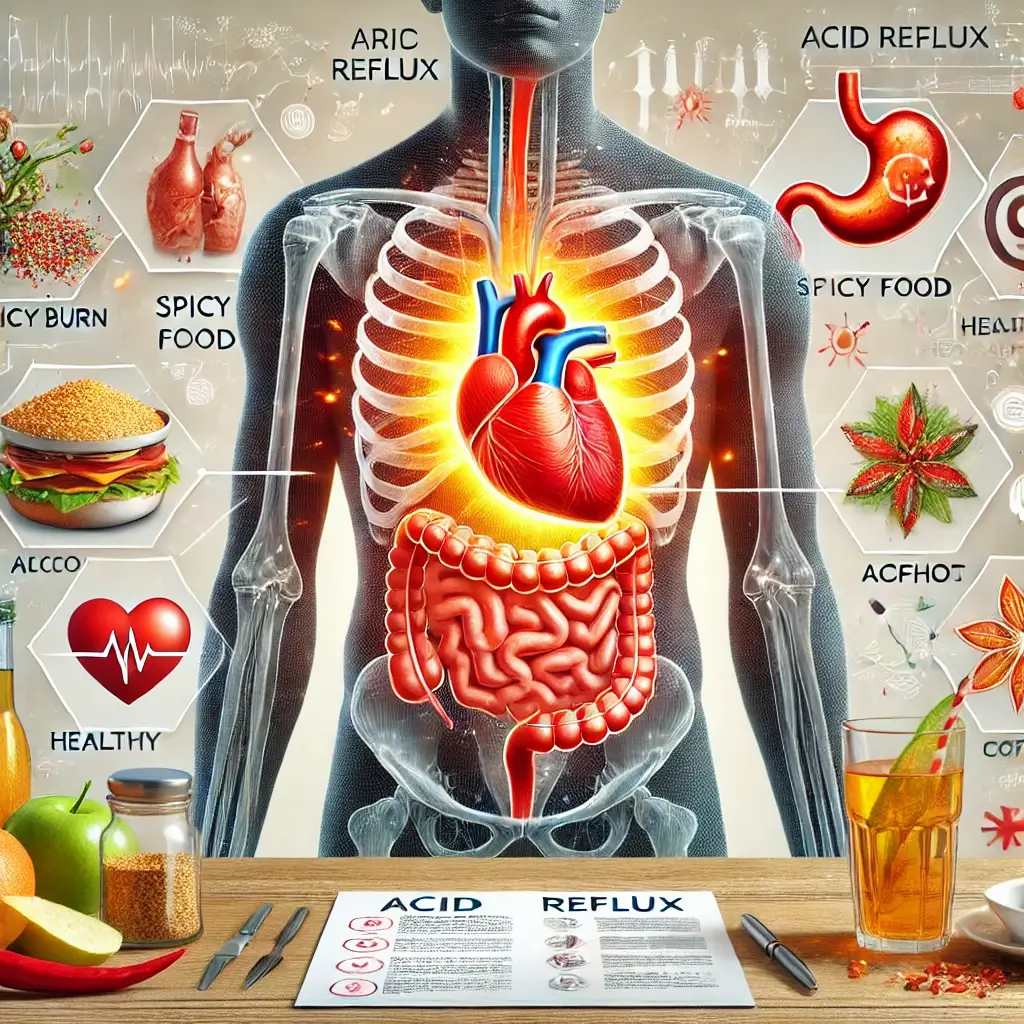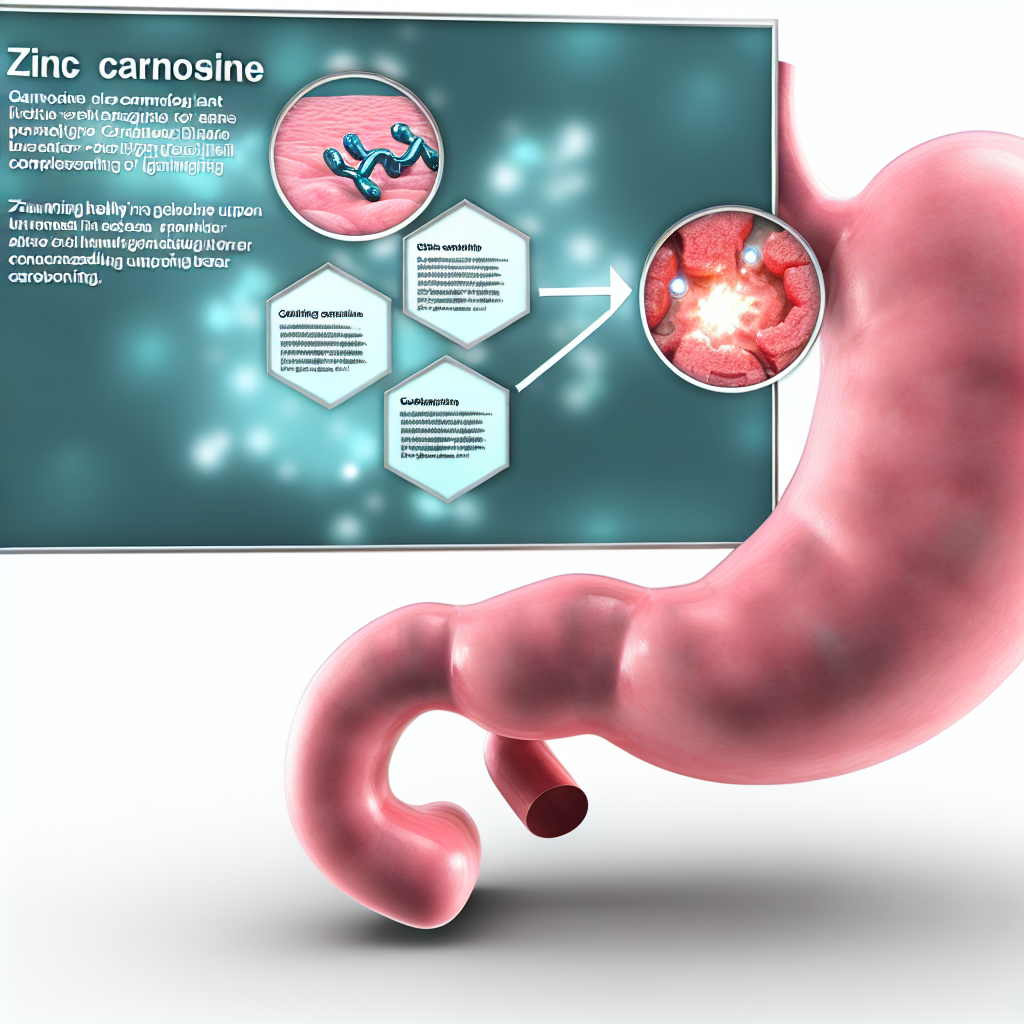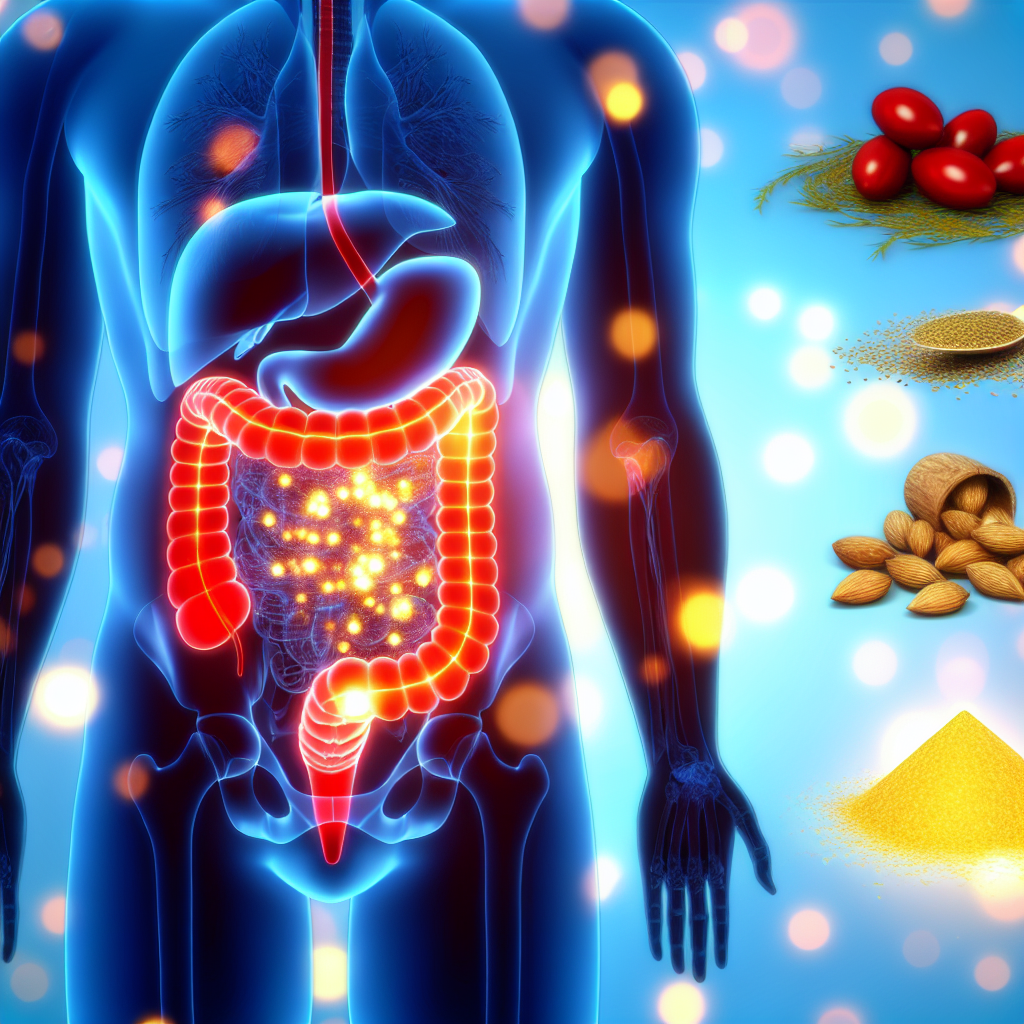Understanding the Impact of Heartburn
Heartburn, often mistaken for a minor nuisance, affects millions of people globally, significantly disrupting their daily lives. Characterized by a burning sensation in the chest, it is frequently a symptom of acid reflux where stomach acid flows backward into the esophagus. While occasional heartburn is usually harmless, frequent episodes may indicate gastroesophageal reflux disease (GERD), a chronic condition that can lead to serious health complications such as esophageal strictures, ulcers, or even a heightened risk of esophageal cancer.
Essential Understanding of Heartburn Mechanisms
Understanding heartburn is essential to address it effectively. It stems from a complex interplay of anatomical, lifestyle, and dietary factors that influence the function of the lower esophageal sphincter (LES) and the stomach. Modern research provides deeper insights into these causes and highlights advanced strategies for managing and curing the condition. This article delves into the various causes and emerging treatments of heartburn, offering a roadmap for those seeking relief and improved well-being.
The Lower Esophageal Sphincter’s Critical Role
Functionality and Dysfunction: The LES, a critical muscular valve, prevents stomach acid from entering the esophagus. Weakness or improper relaxation of the LES allows acidic content to reflux, irritating the esophageal lining. Research Insights: A foundational study by Vakil et al. (2006) identifies LES dysfunction as the cornerstone of GERD pathogenesis. Contributing factors include obesity, hiatal hernias, and dietary triggers.
Impact of Diet on Heartburn
Fatty, spicy, or acidic foods and beverages like caffeine and alcohol relax the LES, increasing the likelihood of reflux. Modern studies suggest that plant-based diets might reduce symptom severity by promoting a balanced pH level in the stomach.
Lifestyle Factors Contributing to Heartburn
Obesity: Increased abdominal pressure exacerbates reflux symptoms. Weight loss is strongly associated with reduced heartburn severity. Smoking and Alcohol: Both habits weaken the LES and irritate the esophageal lining. Pregnancy: Hormonal shifts and physical changes during pregnancy heighten the risk of acid reflux.
Understanding Hiatal Hernias
A hiatal hernia occurs when part of the stomach pushes through the diaphragm, weakening the LES. This anatomical abnormality is a significant contributor to chronic GERD symptoms.
Modern Treatment Approaches
Adjustments such as eating smaller meals, avoiding late-night snacks, and elevating the head of the bed have long been advocated. Recent campaigns emphasize these measures as effective first-line treatments for acid reflux. Studies highlight the impact of mindfulness-based interventions for reducing GERD symptoms.
Advances in Medication
OTC Medications: Antacids, H2 blockers, and proton pump inhibitors (PPIs) are widely used for symptom relief. Prescription Therapies: For severe cases, long-term PPI use and prokinetic agents offer targeted solutions. However, recent findings caution against prolonged use of PPIs due to potential risks such as bone fractures and nutrient malabsorption (Fass et al., 2018).
Surgical Solutions and Innovation
Fundoplication Surgery: This procedure strengthens the LES by wrapping the top of the stomach around it. It is particularly effective for patients with medication-resistant GERD. Magnetic Sphincter Augmentation: A novel approach involving a magnetic ring implanted around the LES to reinforce its closure has shown promising results in recent clinical trials.
Alternative Treatment Methods
Probiotics and Alkaline Water: Emerging evidence suggests that these alternatives may support digestive health and reduce acid reflux frequency. Herbal Remedies: Herbal supplements like licorice root and slippery elm are gaining attention for their soothing effects on the esophageal lining.
Research and Development Outlook
Investigations into the role of the gut microbiome in GERD are uncovering potential therapeutic pathways. A balanced microbiome may improve LES function and reduce inflammation.
Technology in Treatment
Artificial intelligence (AI) is being leveraged to develop personalized treatment plans based on individual patient profiles, including genetic predispositions and lifestyle factors.
Public Health Education
Initiatives such as the European “Stop Acid Burn” campaign focus on early detection and education for GERD symptoms, helping individuals understand the importance of lifestyle changes in managing GERD symptoms.
Final Insights on Heartburn Management
Heartburn and acid reflux, while common, are complex conditions requiring a multifaceted approach to management and treatment. By understanding the underlying causes, individuals can make informed decisions about lifestyle adjustments, dietary modifications, and appropriate use of medical interventions. Recent advancements in pharmacology, surgery, and complementary therapies provide hope for those struggling with chronic symptoms.
Recommendations for Action
For optimal outcomes, proactive management and consultation with healthcare professionals are essential, particularly for persistent or severe cases. Addressing heartburn is not just about alleviating symptoms; it’s about enhancing overall quality of life and preventing long-term complications.
Research References
Fass, R., et al. (2018). Practice Parameter for the Management of Acid Reflux Disease in Adults (2018 Update). The American Journal of Gastroenterology, 113(1), 148–161. PMC Article
Vakil, N. B., et al. (2006). The role of the lower esophageal sphincter (LES) in the pathogenesis of GERD. The American Journal of Gastroenterology, 101(8), 1967–1974. PubMed





